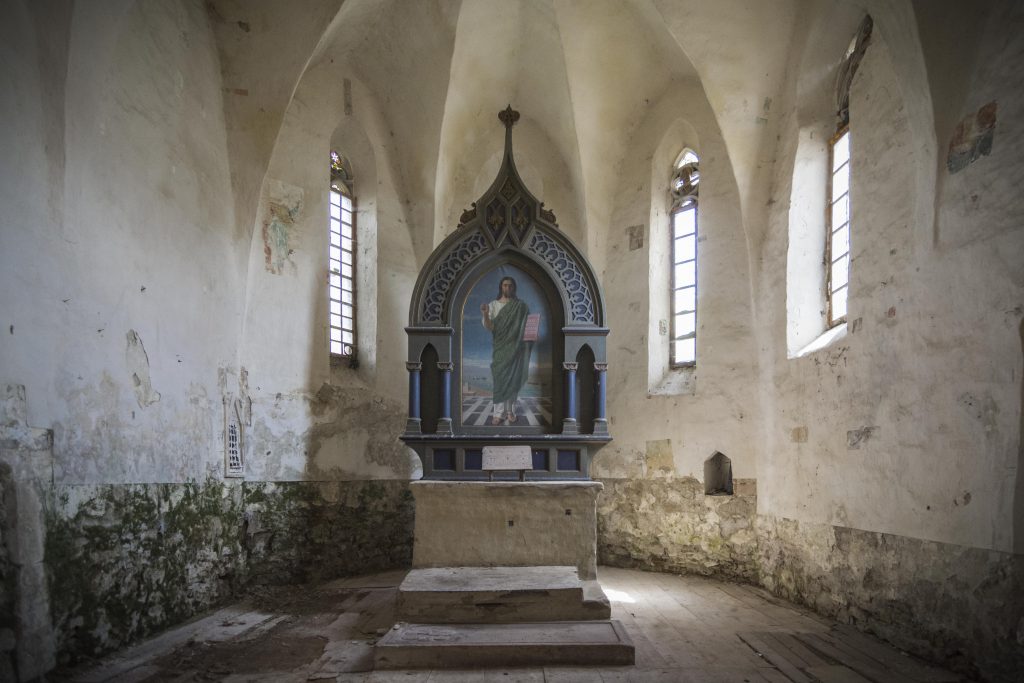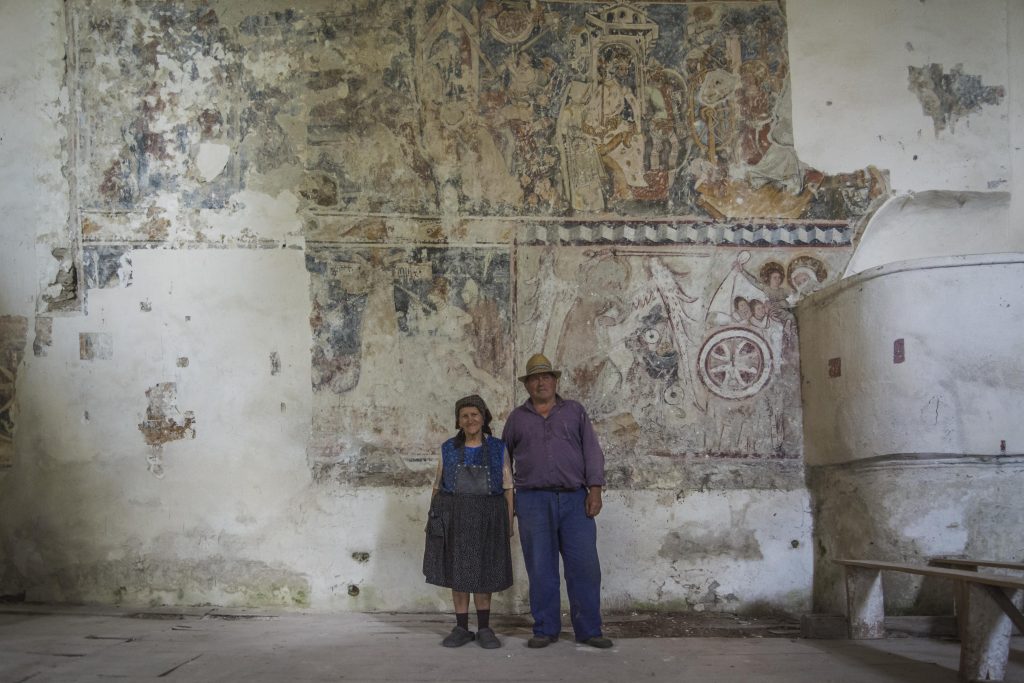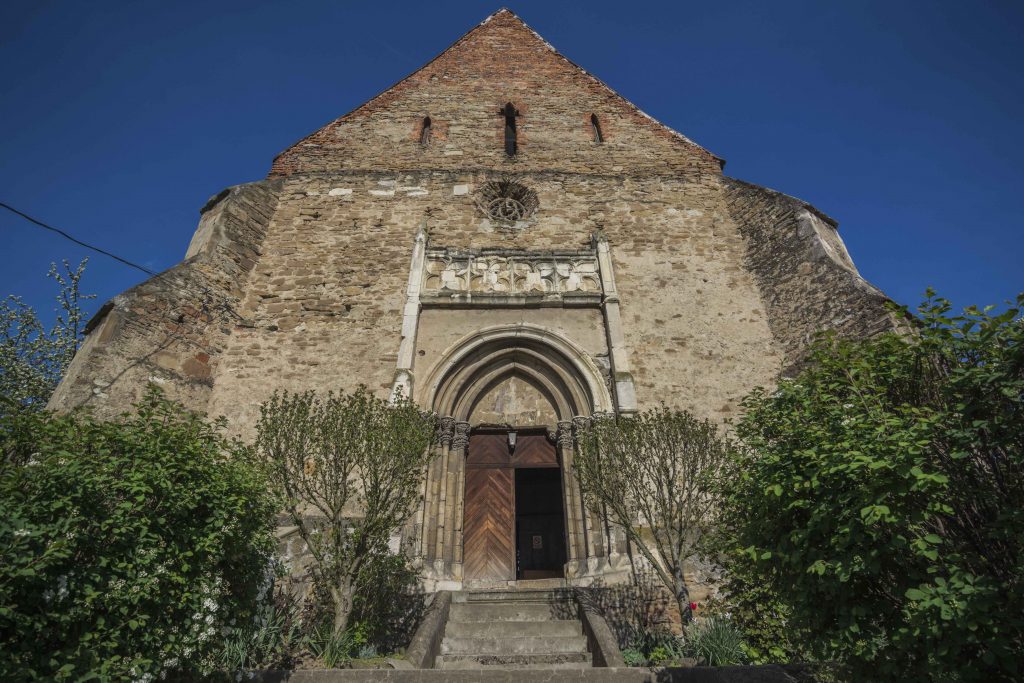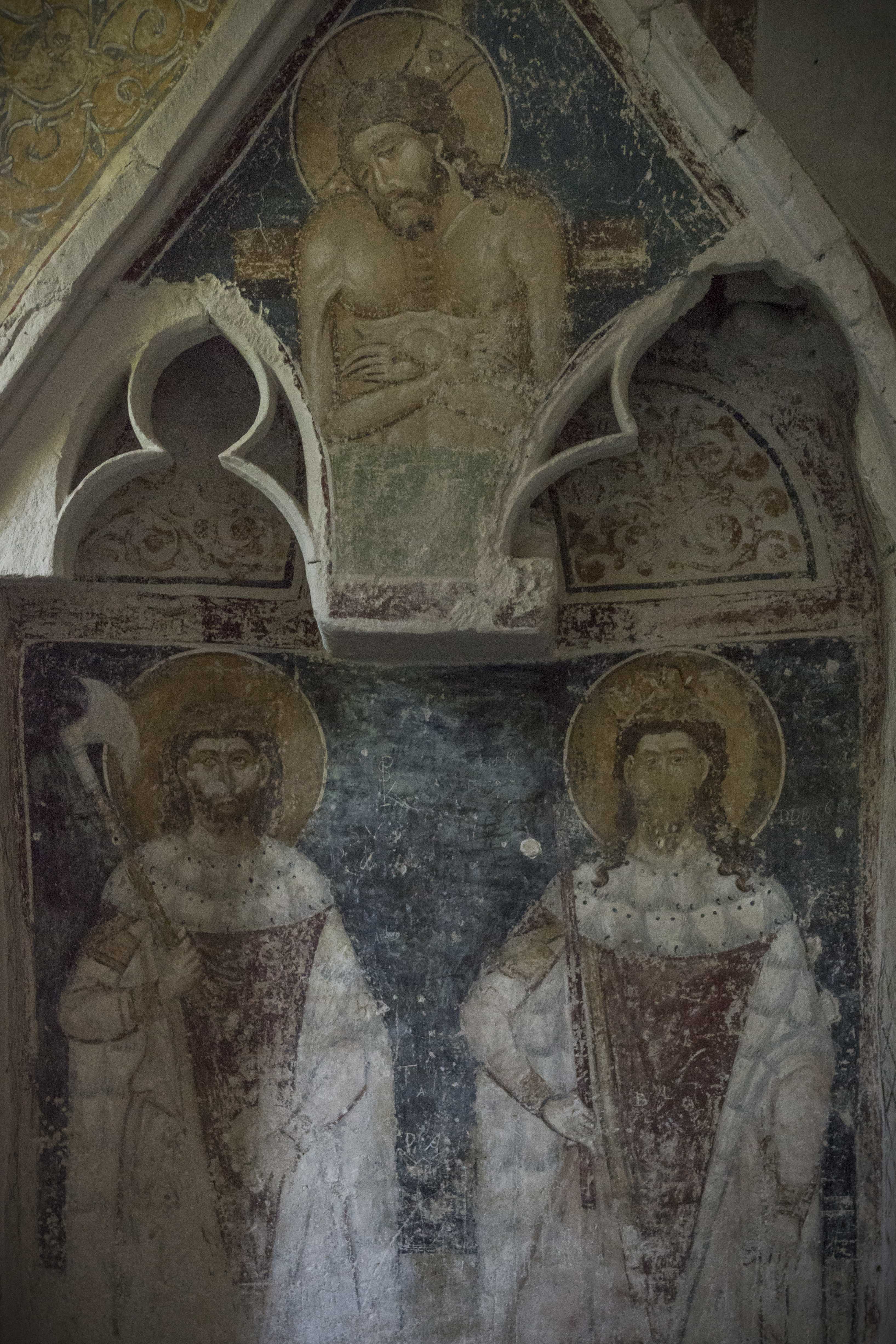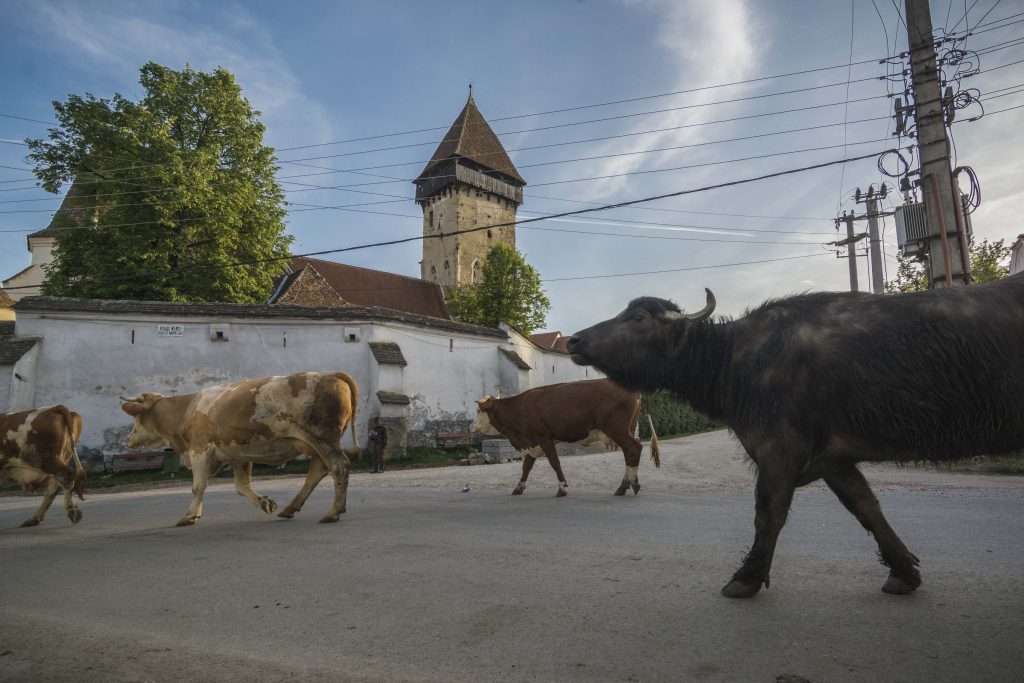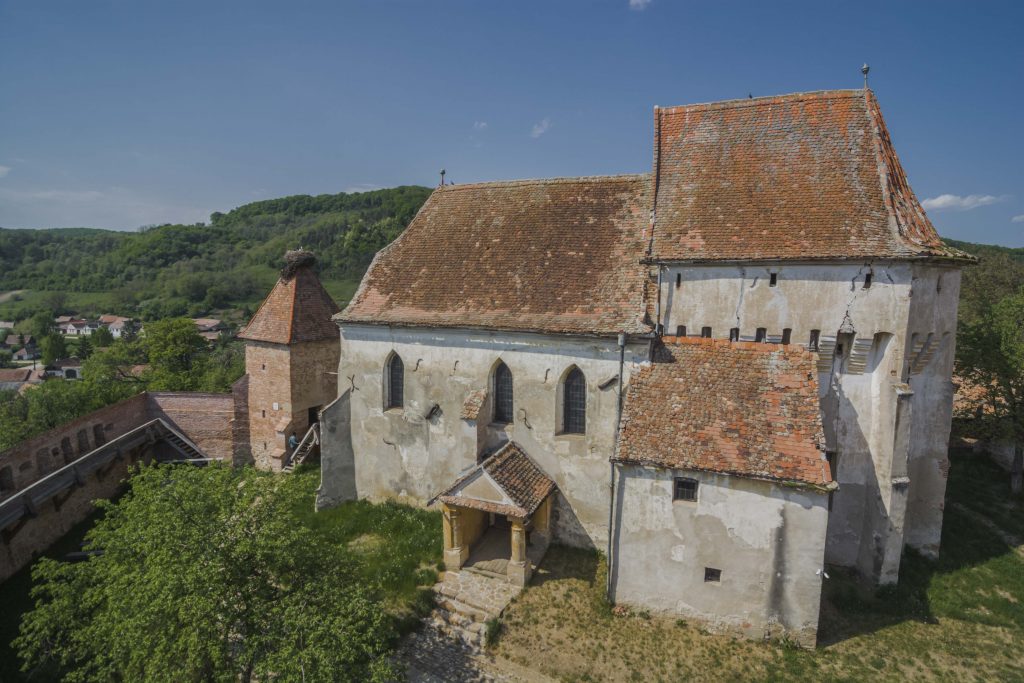One of best-known elements of Saxon heritage are the fortified churches of Transylvania, some of which have been included as UNESCO World Heritage sites for their great cultural and historical value. Saxons arrived in Transylvania in the twelfth century and were given land by the then King of Hungary, Géza II, in order to defend the eastern frontiers of the Kingdom of Hungary (which at the time included Transylvania, as well), mine the region, and enhance its economy by means of trade.
To defend their cities from Ottoman and Tatar invasions, the Saxons built a series of fortified churches – unique in Europe – surrounded by one or two high walls, so the local families and communities could hide in case of danger. In addition to their architectural heritage, Saxons also contributed to the shaping of the image and cultural aspect of the region they lived in.
Unfortunately, the communist regime triggered the emigration of the majority of indigenous Saxons, which, in turn, resulted in the deterioration of their buildings. Still, there are many that are in a well-preserved condition, due to the to the hard work of the locals, who didn’t mind putting in time and effort to preserve the architectural diversity of the remaining buildings and to restore the atmosphere and tranquility of the region. The UNESCO World Heritage site title has been awarded to seven of the villages with fortified churches (Biertan/Berethalom/Birthälm, Saschiz/Miklóstelke/Klosdorf, Câlnic/Kelnek/Kelling, Viscri/Szászfehéregyháza/Deutschweißkirch, Prejmer/Prázsmár/Tartlau, Valea Viilor/Nagybaromlak/Wurmloch, and Dârjiu/Székelyderzs), but those are only a fraction of the amazing heritage you have access to in Transylvania. If you want to feel the sense of timelessness, the best thing to do is step into any of these fortified churches. The image gallery below will please your eyes, but actually being there is truly magical. No wonder even Prince Charles fell in love with this place!
